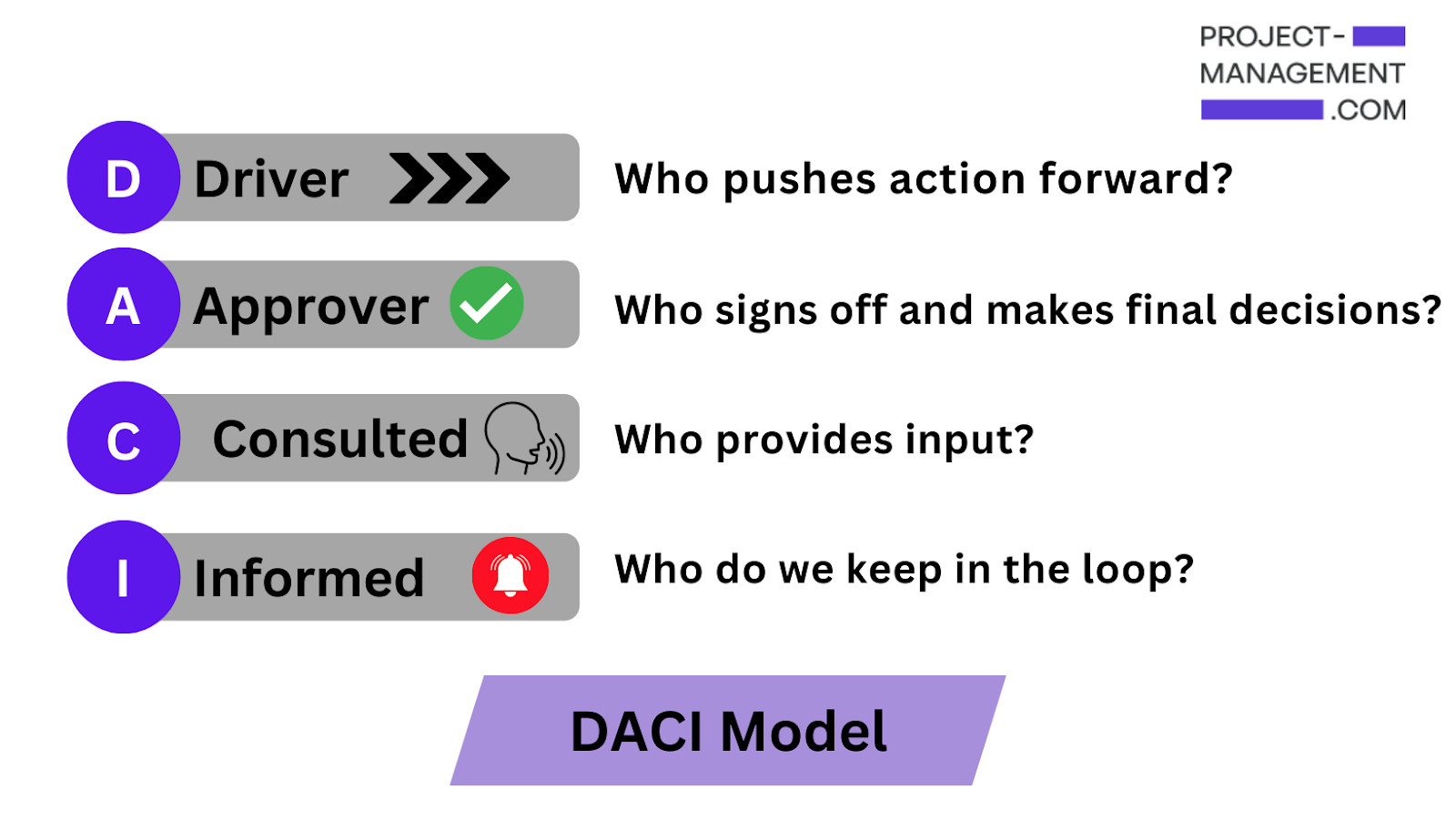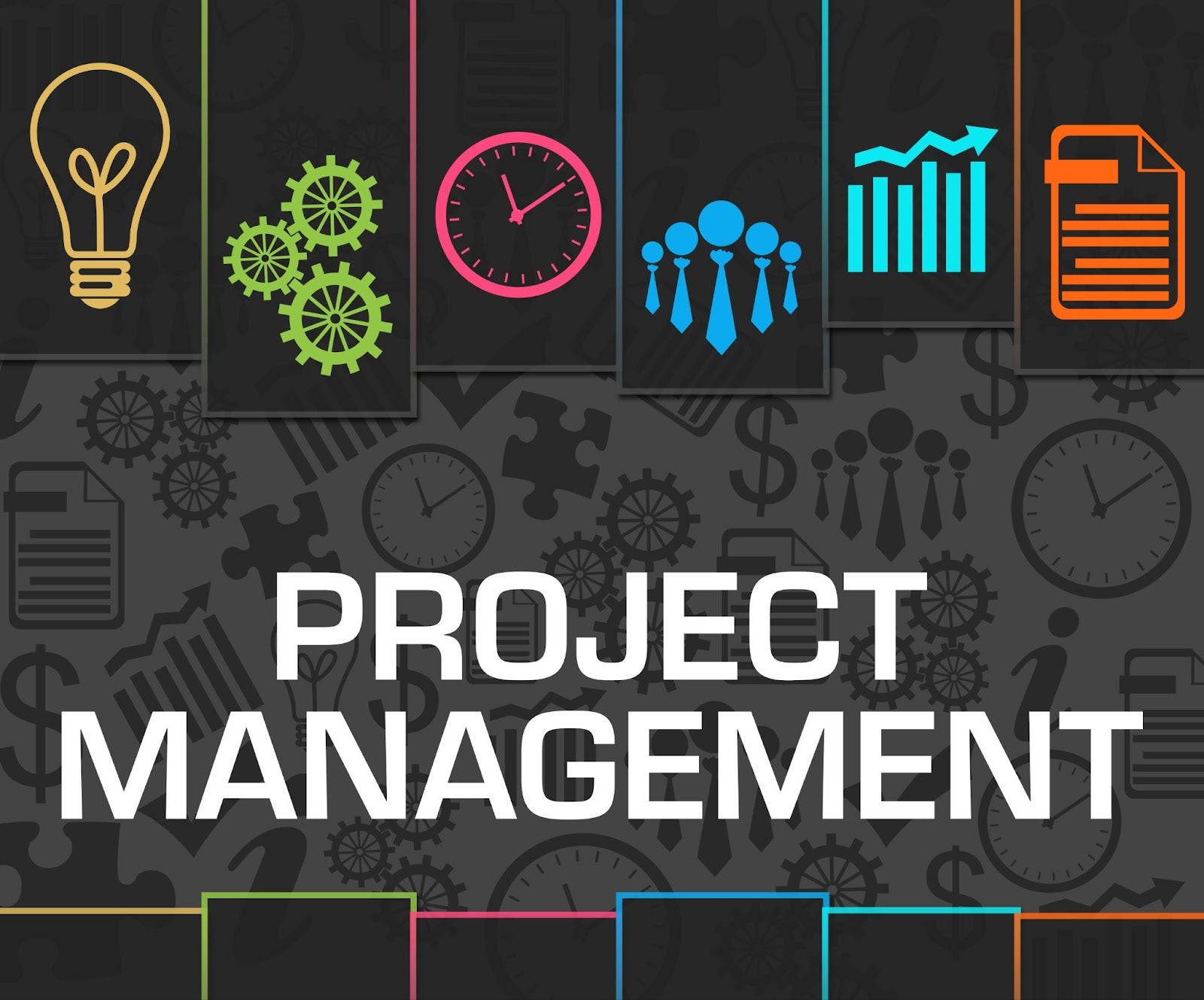Once there is a project plan in place, everything is set for the next step: the project management execution phase. The third of the five phases of project management, this stage is where everything that has been planned is put into action.
Featured Products
Project-Management.com may receive a commission from merchants for referrals from this website
What is Involved in Project Execution
Project execution follows project planning and is where the team actively collaborates to get the project off on the right foot. This involves hosting kick-off meetings, executing on timelines, and collaborating on the work as a group according to the project plan.
This phase focuses on executing the strategies outlined in the project plan and pushing the project across the finish line. Project managers monitor progress, manage changes to the project plan, allocate resources, communicate with stakeholders, and ensure that project deliverables meet quality standards.
Integral to the project execution process is the Project Execution Plan (PEP). Serving as a guiding document, the PEP lays out the precise methods by which a project will be executed, monitored, and controlled. It delineates the management approach for the project execution phase, ensuring alignment with project or contract requirements. Adhering to the PEP while navigating the project execution phase allows project managers to secure successful project completion and timely delivery.
The Importance of Project Execution and Putting Plans into Action
The project execution phase is a critical stage in project management, as it is where the bulk of the work is done, commanding the most time and attention in the entire project lifecycle. It is deemed the heart and soul of project management. It’s where we see meticulous planning transform into tangible results. Why is it important?
Delivering value: This is the phase where ideas are molded and deliverables are created, and the real value of the planned work is realized by the team and stakeholders.
Putting action to the plan: All ideas, documents, and assigned tasks are put into motion as the operation begins and hits full gear, with the project manager leading the teams and checking off items as they are completed.
Clear communication and team cohesion: Successful execution engages the team into communicating frequently about the details of the project and working collaboratively, fostering motivation and raising morale while strengthening bonds amid problem solving.
Key Components of Project Execution
Many parts make up the dynamic middle phase of project management. The key components of project execution include:
Team management: This involves managing the project team to ensure that everyone is working together effectively and efficiently and following set processes.
Resource management: Overseeing and coordinating project resources, including people, equipment, and materials, to ensure that they are used effectively and efficiently.
Task management: Creating, tracking, and closing all project tasks, making sure that they are completed on time and within budget.
Risk management: The crucial task of identifying any potential risks that may impact the project’s success and developing a plan to mitigate those risks.
Communication management: Managing project communication so that all stakeholders are informed and that communication across teams is effective, including creating and sharing precise documentation from meetings and decisions.
Quality management: This involves ensuring that the project meets the required quality standards.
Project scheduling: The act of creating a detailed project schedule that outlines the project’s timeline, including tasks, assignments, milestones, and deadlines. This also includes following and managing the PEP.
Project budgeting: This involves researching, developing, and tracking the budget for the project and managing costs throughout the project lifecycle.
Recommended Methodologies for Project Execution
There are several project management methodologies typically used for project execution. Here are some of the most popular ones:
Agile: Built upon the Agile Manifesto, this methodology underscores the importance of collaboration, iterative development, and customer satisfaction. Agile is most effective when applied to projects demanding flexibility and adaptability to evolving requirements.
Waterfall: This approach to project management follows a sequential progression, where each project phase is concluded before advancing to the next. The Waterfall methodology is most appropriate for projects characterized by well-defined requirements and a comprehensive understanding of the final product.
Hybrid: Combining the elements of both agile and waterfall methodologies is what is known as hybrid management. This approach is particularly well-suited for work that includes both technical and creative work across multiple teams that requires more flexibility and adaptability.
Scrum: This approach is a specialized subset within the Agile framework, designed for overseeing intricate projects. Scrum places a strong emphasis on collaborative teamwork, individual accountability, and iterative progress.
Kanban: This methodology is utilized to visualize work, control work in progress, and optimize efficiency. It proves most effective in projects characterized by a substantial volume of work items and a requirement for continuous delivery.
Alternative methodologies used less often and in specific circumstances and industries include:
Lean: Lean methodology places its focus on minimizing waste and maximizing value. It is particularly well-suited for projects focusing on efficiency and a commitment to continuous improvement.
Six Sigma: Six Sigma concentrates on diminishing defects and enhancing overall quality. It is particularly effective for projects emphasizing quality control and the enhancement of processes.
PRINCE2: PRINCE2, a process-based project management approach, places a strong emphasis on control, organization, and governance. It is most fitting for projects that prioritize risk management and quality control.
PMBOK: The Project Management Body of Knowledge adopts a process-oriented approach to project management. It is most appropriate for projects that give high importance to standardization and consistency.
The Critical Path Method: CPM serves as a technique designed to pinpoint the lengthiest sequence of activities crucial for on-time project completion. It is particularly effective for projects characterized by well-defined requirements and a clear understanding of the final product.
The Adaptive Project Framework: APF is an approach in which team members create adaptable plans and modify project elements to accommodate changing circumstances. It is most effective for projects with well-defined goals but unclear methods for achieving them or those with vocal stakeholders. This methodology allows the team to incorporate stakeholder input into each phase of the project.
How Project Execution Differs from Project Planning and Other Phases
The project management lifecycle consists of five steps: initiating, planning, executing, monitoring and controlling, and closing. Execution is where the project team carries out the plans to deliver the product. The focus of this phase is to complete the work defined in the project plan, monitor progress, and make necessary adjustments.
This is different from the preceding project planning phase, where the project team determines the steps to achieve the project goals and creates an action plan that outlines how the project will be executed.
It is also different from the next phase, monitoring and control, where what has been put into action is closely watched for variances and risks that could be detrimental to the project’s success.
While these steps have varying focus and deliverables, they are all aimed at the same goal: completing all project plan strategies and components on time and within budget.
Next Steps: Monitoring and Control
The focus of the project execution phase is to complete the work defined in the project plan, track progress, and make necessary adjustments. This sets the stage for the next step in project management—monitoring and control.
In the next article, we’ll explore the phase that’s dedicated to measuring project performance and making sure that it adheres to what’s been set in the project plan.





